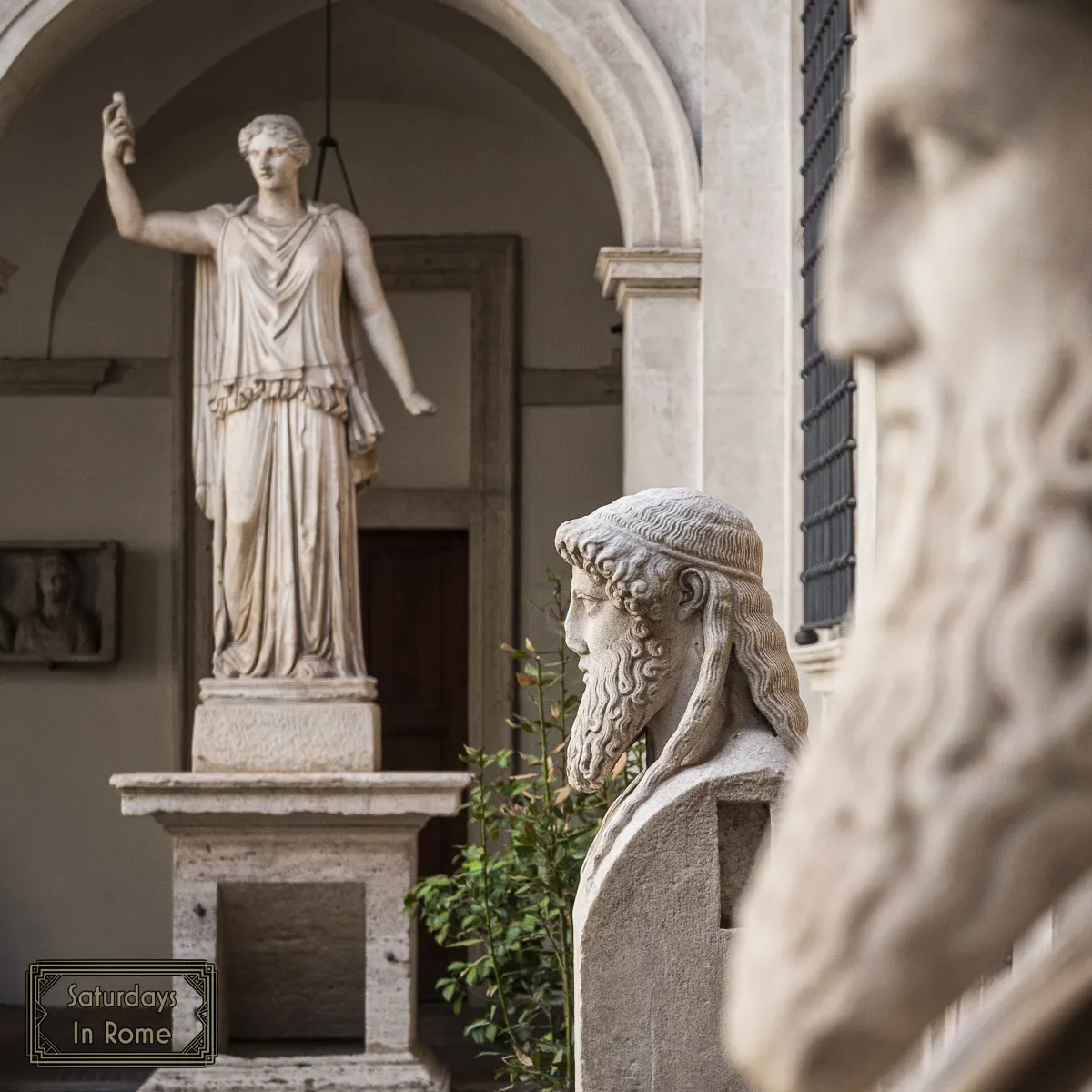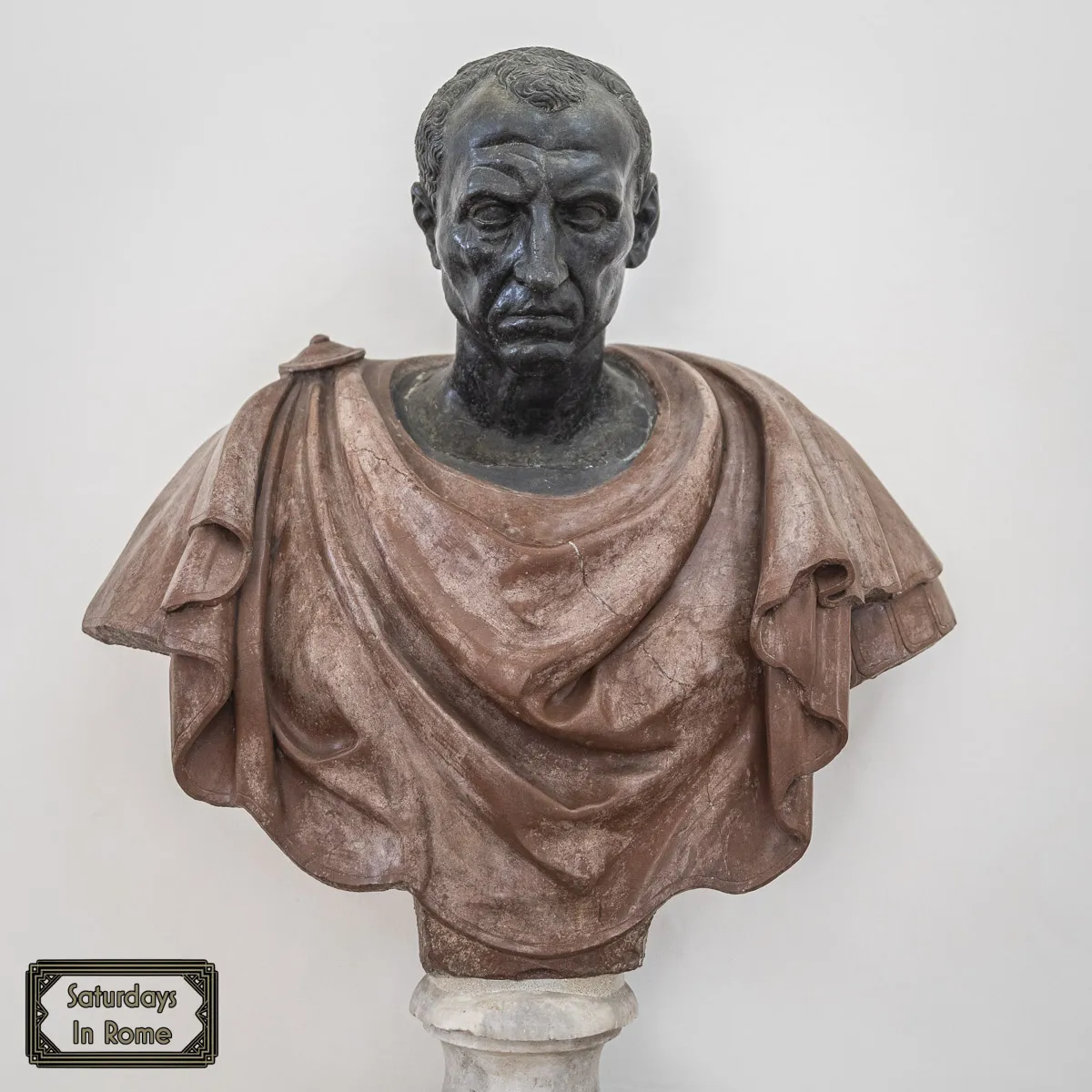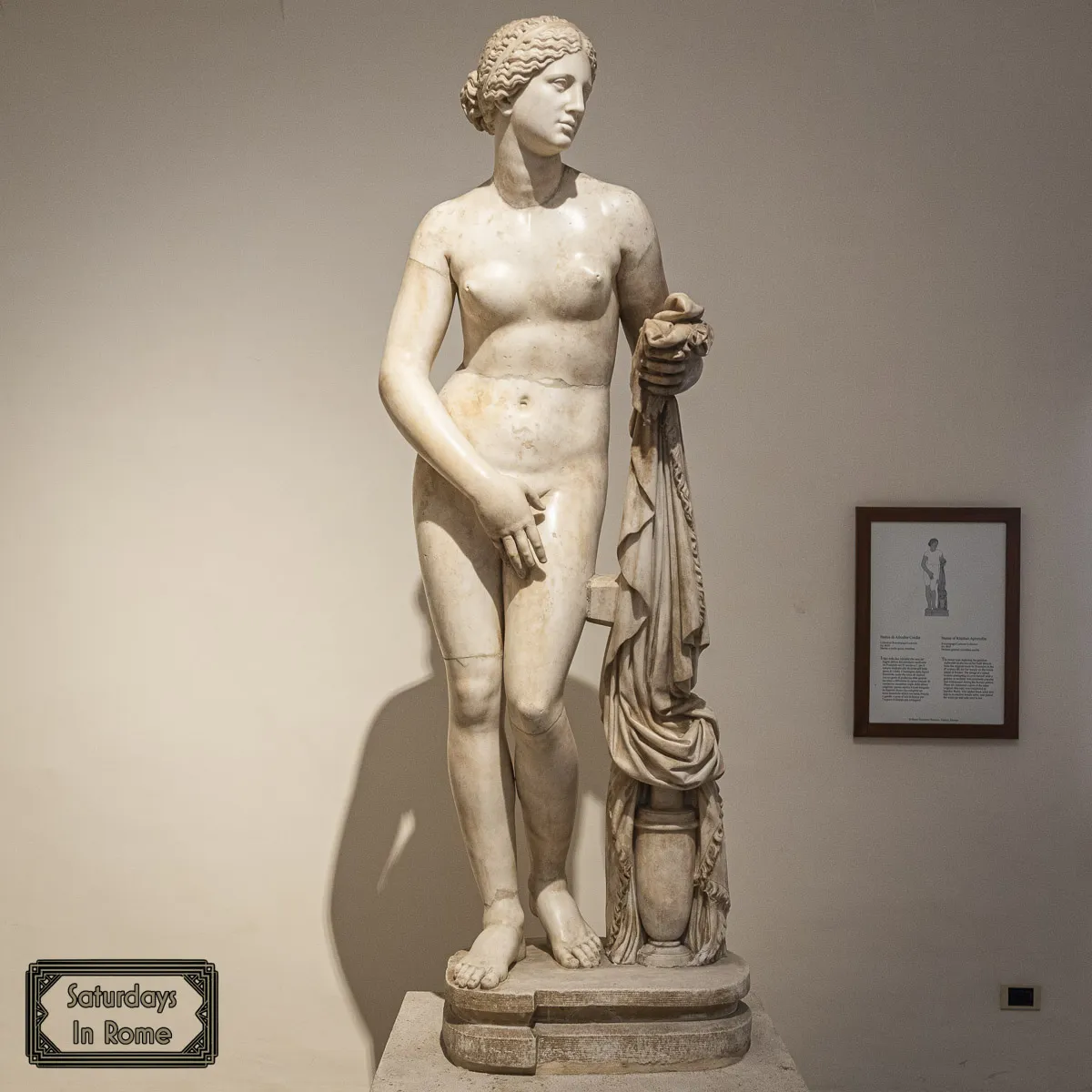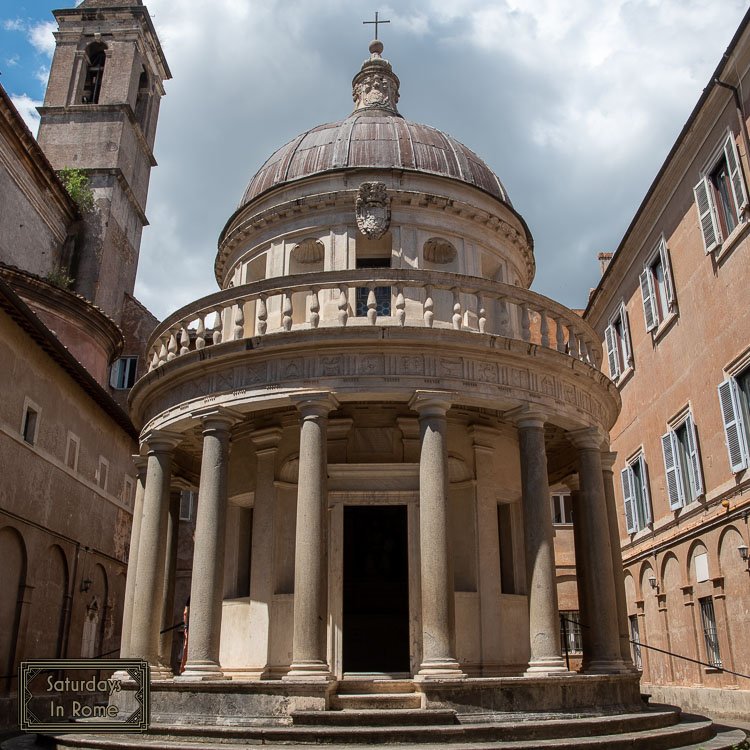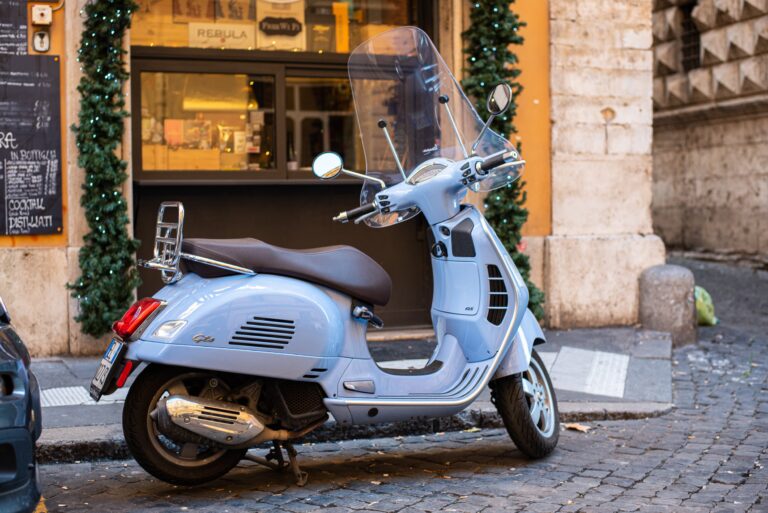The Palazzo Altemps Museum Collection Of Sculptures Is Great
The Palazzo Altemps Museum needs to be a part of your planning for you next trip to Rome, Italy so that you don’t miss out on this national museum’s sculptures.
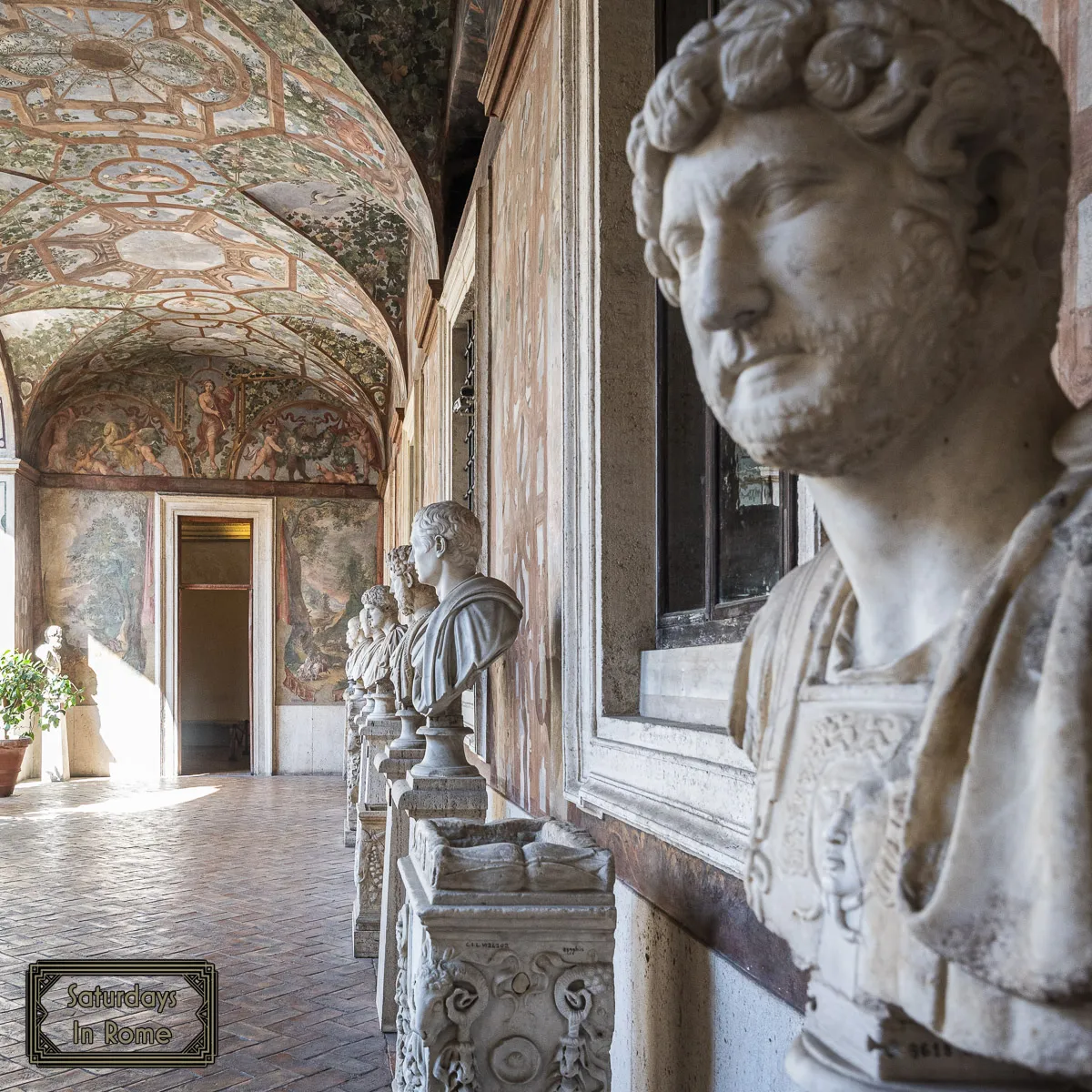
I am not an Art History major, so if you are interested in learning about the history of Rome through its art and museums, there are many more qualified websites to check out. If, however, you are like me and want to experience the beauty that Rome has to offer on your next trip to Rome, Italy, then this might be for you.
Need Help Planning?
- Cheap Flights: Find The Most Affordable Flights.
- Accommodations: From 1 to 5 Stars And More.
- Car Rentals: Affordable Travel Across Italy.
- Sightseeing Tours: Explore Some Amazing Tours.
- Buying An eSIM: Stay Connected In Italy.
This post includes affiliate links.
My tastes in art run towards realism. I prefer more realistic art, like sculptures and photography, and when I learned that Palazzo Altemps is almost entirely focused on sculptures, I was very excited to check it out. The Palazzo is part of the National Roman Museum and is very close to Piazza Navona, so it is very convenient to add to your plans when you travel to Rome.
Palazzo Altemps Museum Is Part Of The National Roman Museum
The National Roman Museum is not a single location, but rather a collection of several buildings spread around the city of Rome. It has a focus on the archaeological discoveries that come from the period of Ancient Rome and exhibits materials unearthed during the excavations around Rome from the period of the Kingdom of Italy.
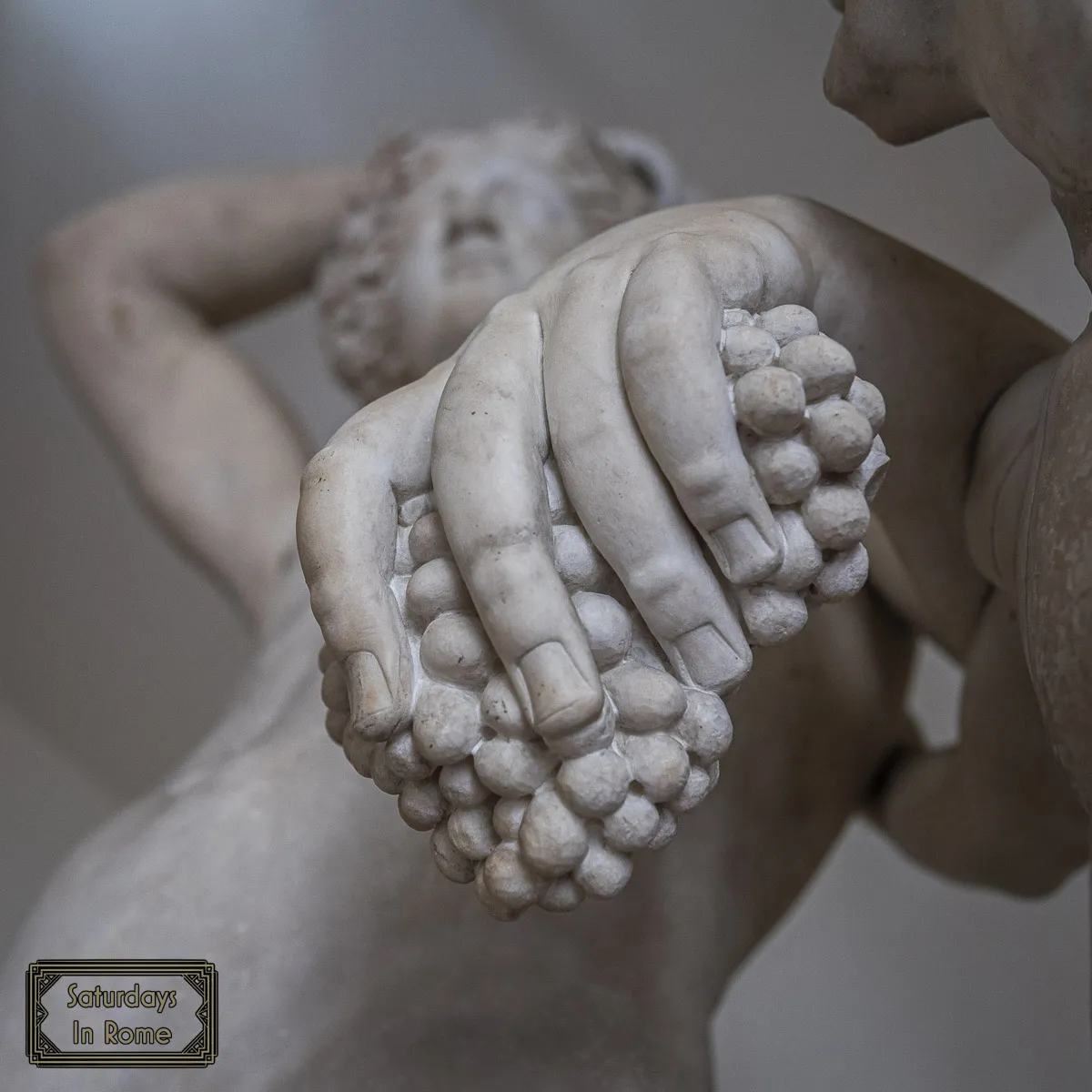
Among this collection of museums there is the Palazzo Massimo alle Terme, which was restored in 1983 after a period of neglect and became the main seat of the museum as it houses the Agency of the Ministry of Cultural Heritage and Activities of Italy, which is in charge of the archaeological heritage of Rome. This museum is very close to Termini Station at Largo di Villa Peretti, 2.
Another museum that is part of this group is the Crypta Balbi. This is a smaller museum, and easily missed, because the nondescript building is found on via delle Botteghe Oscure, between two more popular sites, Piazza Venezia and Largo Torre Argentina.
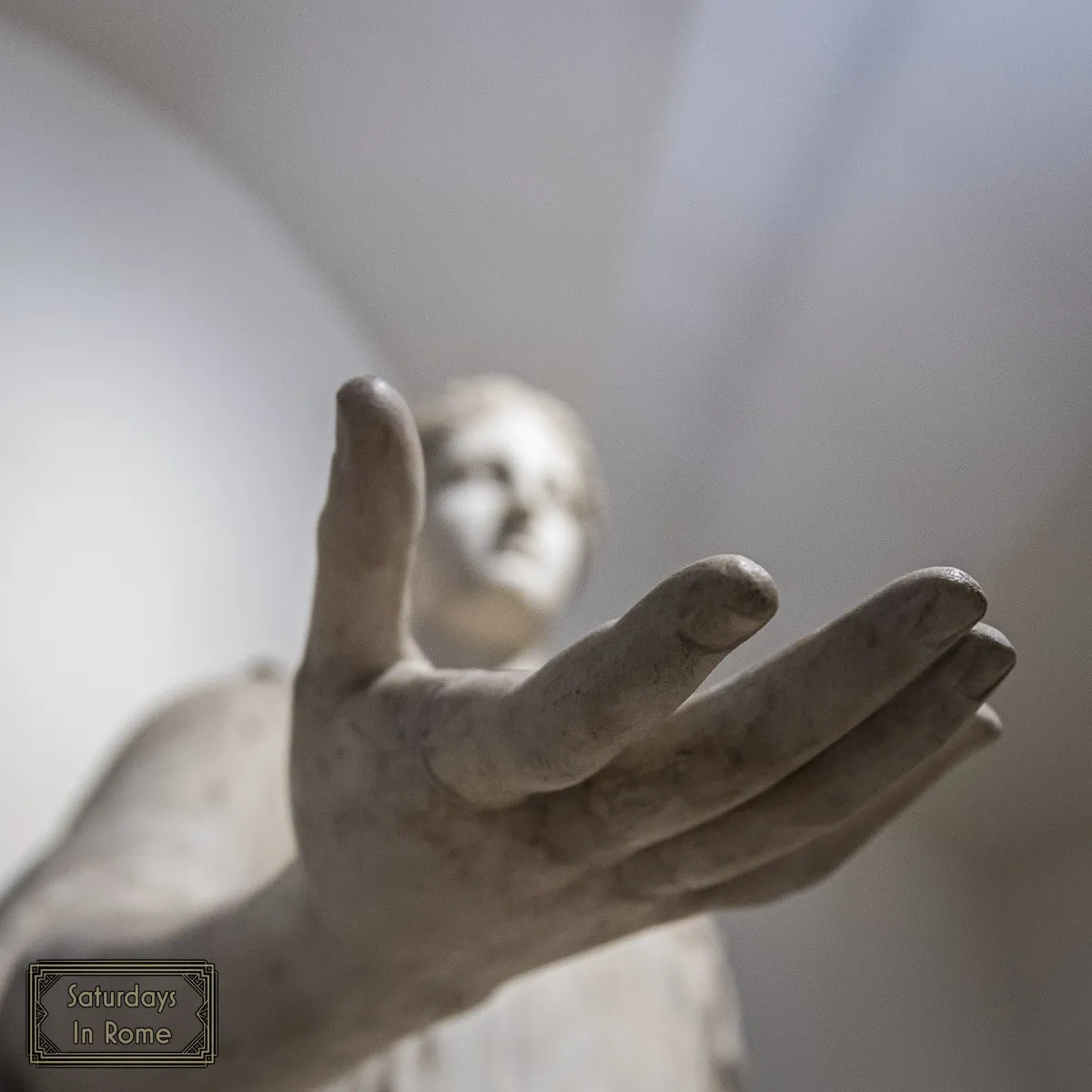
The two other museums that are an important part of this group are the Baths of Diocletian and Palazzo Altemps. I’ve written about the baths previously and I have included more details below, but this post will focus on my recent visit to the Palazzo Altemps.
What Are The Roman Baths Of Diocletian?
The Baths of Diocletian (Terme di Diocleziano) is a complex of Roman public baths that were built in Rome around 300 AD and continued to be in use until around 537 AD when the Ostrogoths cut off the aqueducts that fed the city of Rome in preparation for an attack. The architecture of the baths, and in particular the frigidarium, was influential and had a significant impact on many other buildings, like Pennsylvania Station in New York City and Chicago’s Union Station. The construction of the Baths of Diocletian were influenced by the earlier construction of Caracalla, one of the ancient Roman baths in Rome.
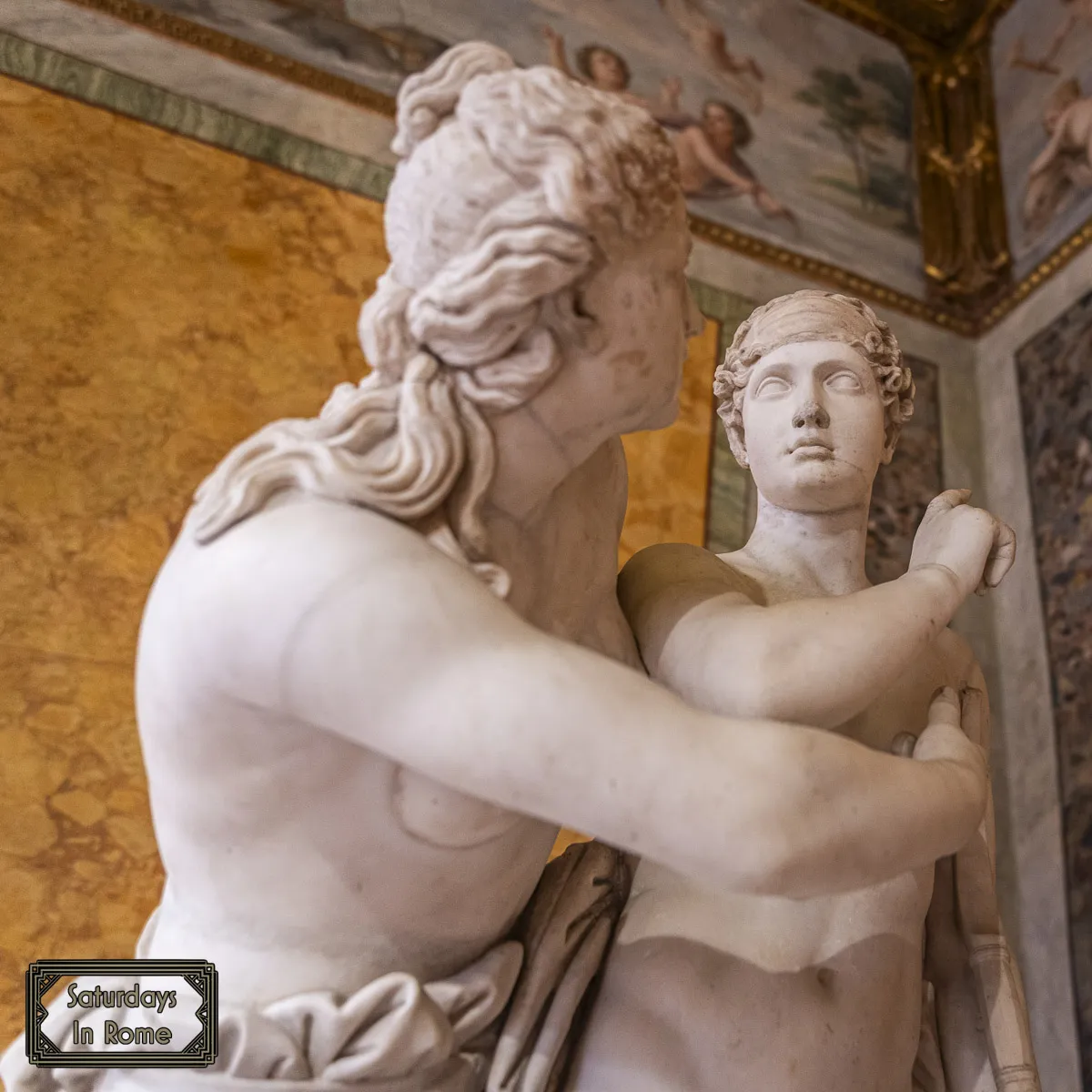
What Is The History Of The Palazzo Altemps?
The Palace Altemps was designed in the 15th century for Girolamo Riario, who was related to Pope Sixtus IV. When the Riario family fell on hard times, the Palazzo was sold to Cardinal Soderini and when the Soderini also fell on hard times, the palace was sold to an Austrian Cardinal Altemps, who was the son of the sister of Pope Pius IV. The Palazzo became property of the Papacy in the 19th century and eventually it became the property of the Italian state in 1982. After 15 years of restoration work, it was opened as a museum.
Collections Of The Palazzo Altemps Museum
The two floors of the Palazzo house multiple collections of amazing sculptures from Egyptian and Renaissance periods and also a private theater and a church. The collections in the Palazzo are part of the National Roman Museum and are very close to Piazza Navona, so it is very convenient to add to your plans when you travel to Rome.
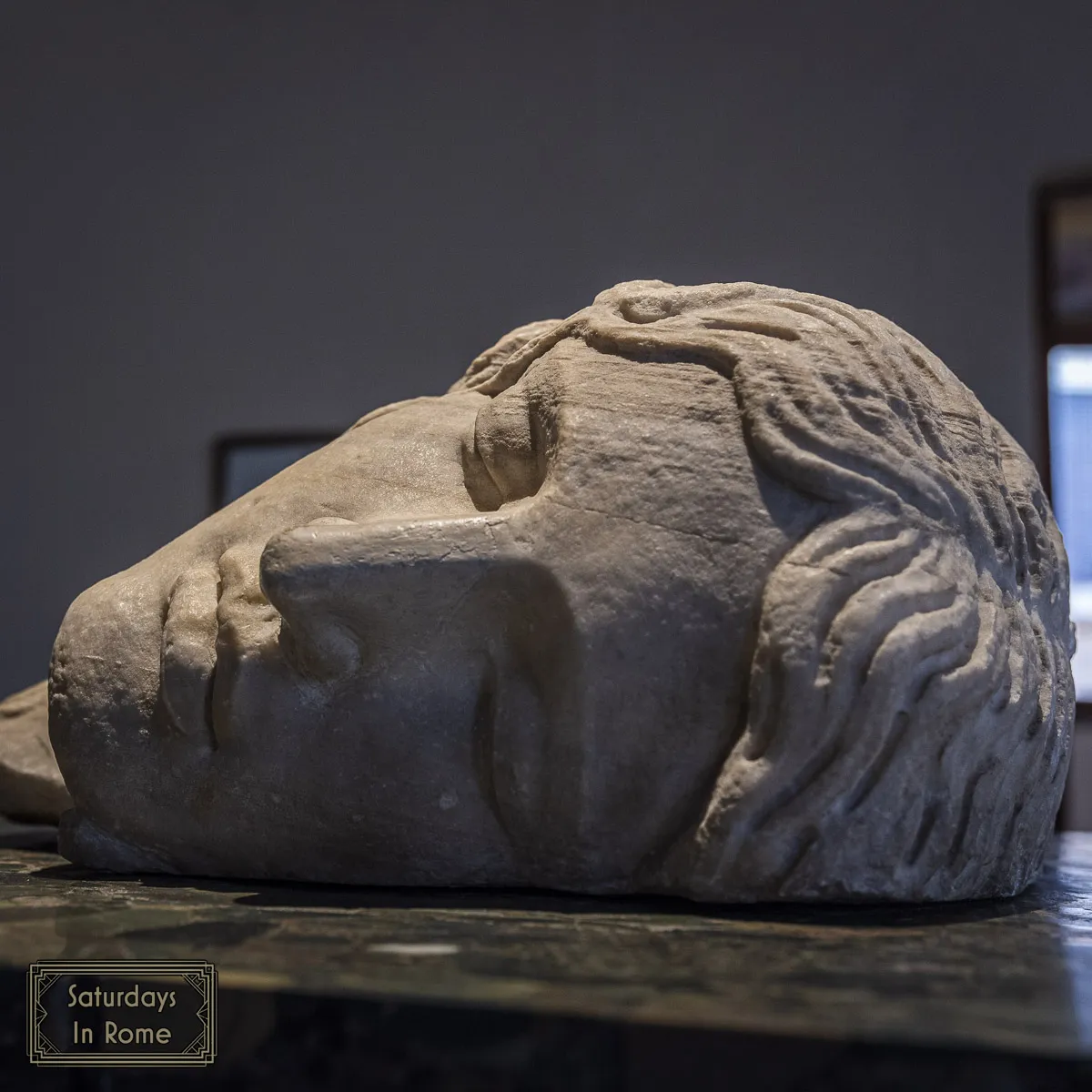
The Altemps Collection
The Altemps Collection was acquired in the 16th century and meant to decorate the elegant Roman mansion of Cardinal Altemps and it was expanded by his nephew Giovanni Angelo. Back then, it was made up of a hundred or so works, but only 16 are still in the palazzo. Many others, sold from the 18th century onwards, are now in the world’s greatest museums, like the Louvre in Paris to the British Museum in London, and the Vatican Museums.
The courtyard of the Palazzo is a tranquil space that displays four major sculptures from the collection:
A Young Hercules
An Athlete At Rest
A Maenad – A female follower of Dionysus
A Demeter – The sister and consort of Zeus, and the goddess of agriculture
These are all Roman-era copies of the Greek originals. Two herms and a sarcophagus decorate the fountain, while other sculptures adorn the monumental staircase.
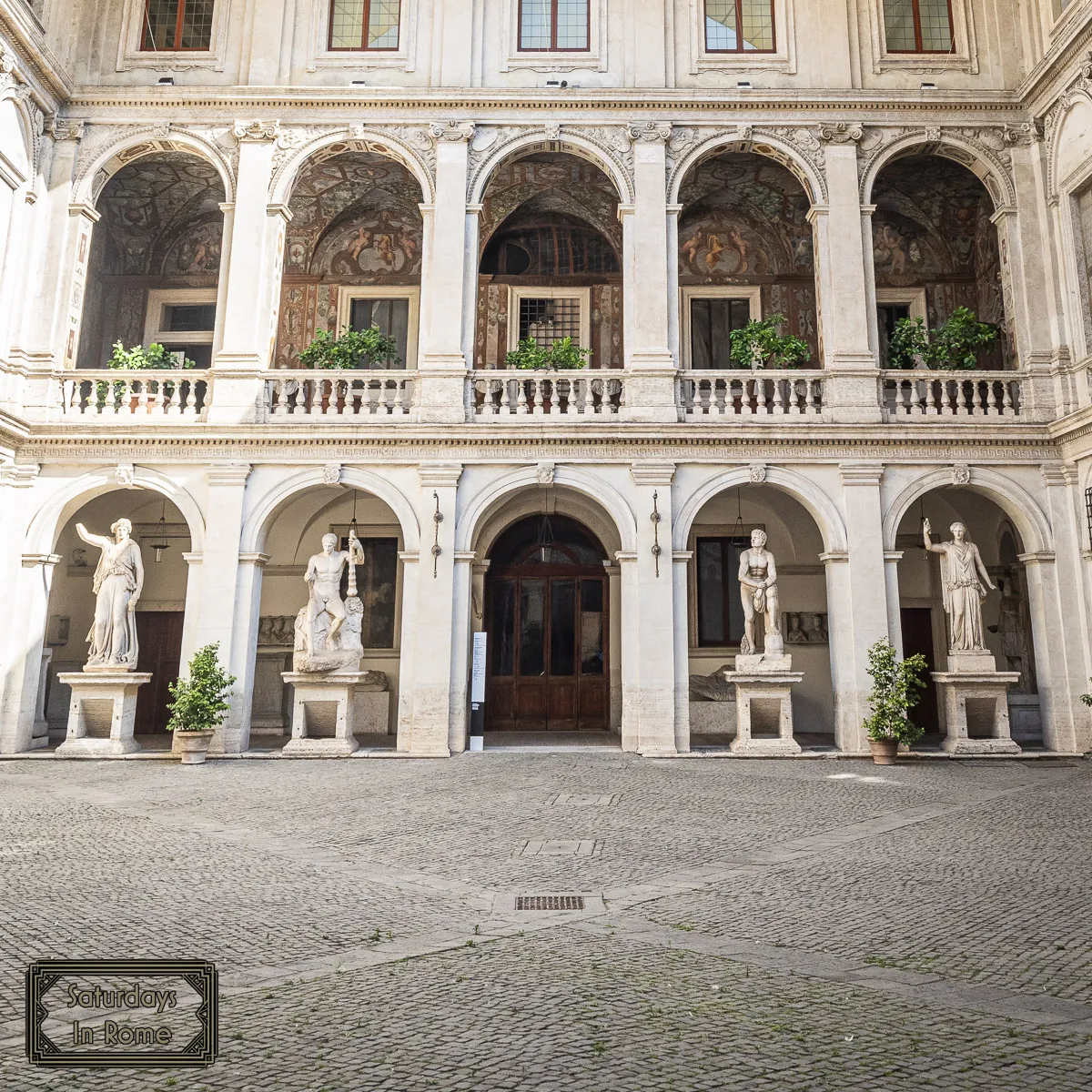
The Ludovisi Collection
The largest and most celebrated of the collections of ancient sculpture displayed in the museum is the Boncompagni Ludovisi marble collection. It was acquired between 1621 and 1623 by Cardinal Ludovico Ludovisi for his villa on the Quirinal Hill.
In addition to the amazing sculptures in the collection, the piece that is probably the most famous is the Ludovisi Throne. It was recovered in 1887 during the urban development works undertaken in the area surrounding the villa. In the early 20th century, the Italian Government acquired 104 sculptures from the Boncompagni Ludovisi family and these were exhibited in the Museum of the Baths of Diocletian. They were later moved to the Palazzo Altemps.
The Mattei Collection
The Mattei Collection contains sculptures that were collected from the 16th century onwards to decorate the Mattei villa on Villa Celimontana. The porticos of the courtyard display the celebrated Dacian in ancient yellow marble along with some altars and funerary sculptures, reliefs and inscriptions.
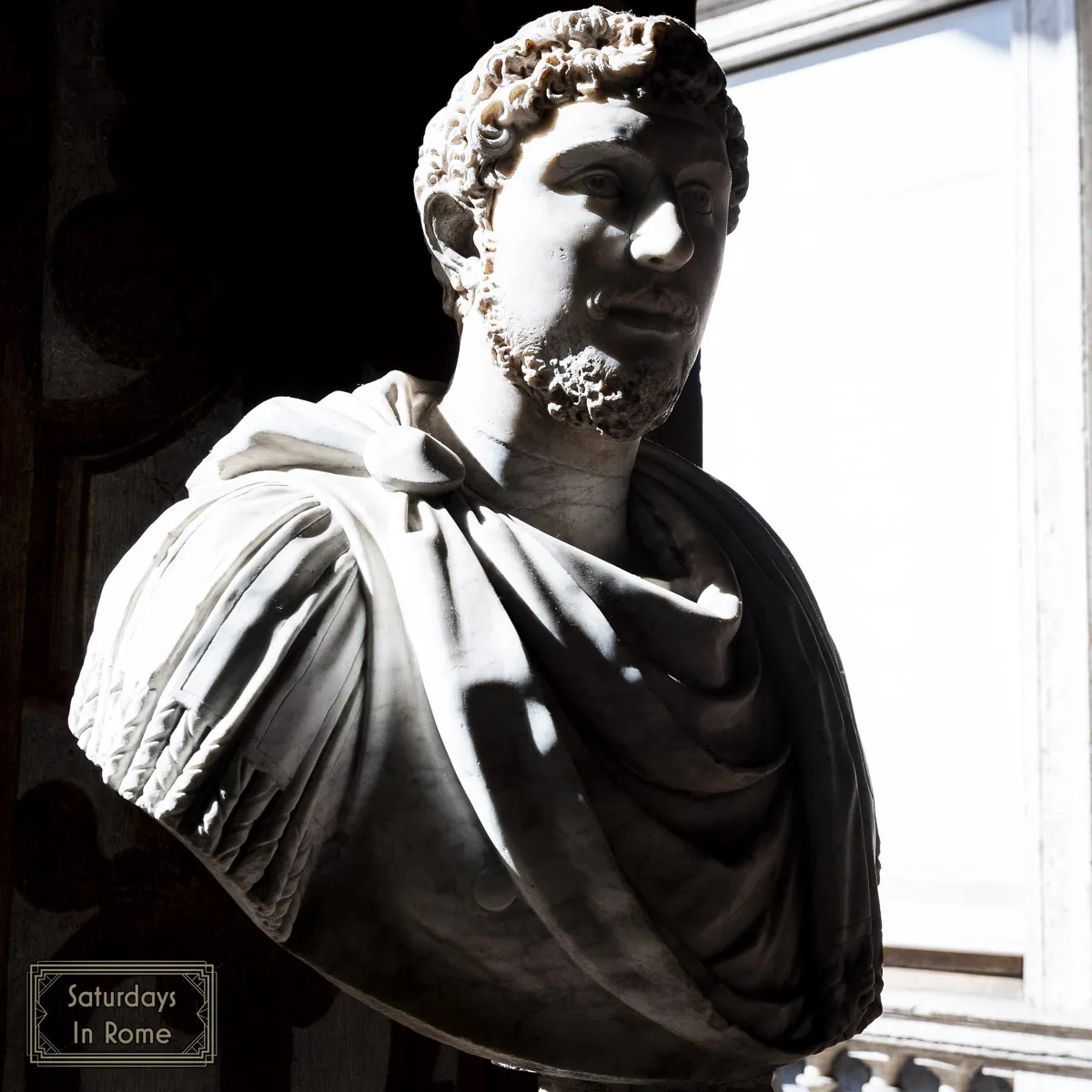
The Gorga Collection
This collection of Evan Gorga contains pieces from the late 19th and early 20th centuries and it is notable for the number and variety of the objects represented. It has been calculated that the celebrated tenor, who was the first to perform the role of Rodolfo in La Bohème, collected at least 150,000 pieces, around 40,000 of which were of archaeological interest.
The Egyptian Collection
The Palazzo Altemps displays what seemed to me to be a small part of the National Roman Museum’s Egyptian collection, which includes pieces linked to Egypt and the Eastern world. Most of these originate from excavations of major archaeological sites in Rome, such as the Sanctuary of Isis and Serapis in the Campo Marzio and the ‘Syrian Sanctuary’ on the Janiculum Hill.
Who Owns The Palazzo Altemps Museum?
After changing ownership over the years, beginning the the 15th century, due to financial problems of the various owners, the Palazzo became property of the Papacy in the 19th century and eventually it became the property of the Italian state in 1982. After 15 years of restoration work, it was opened as a museum.
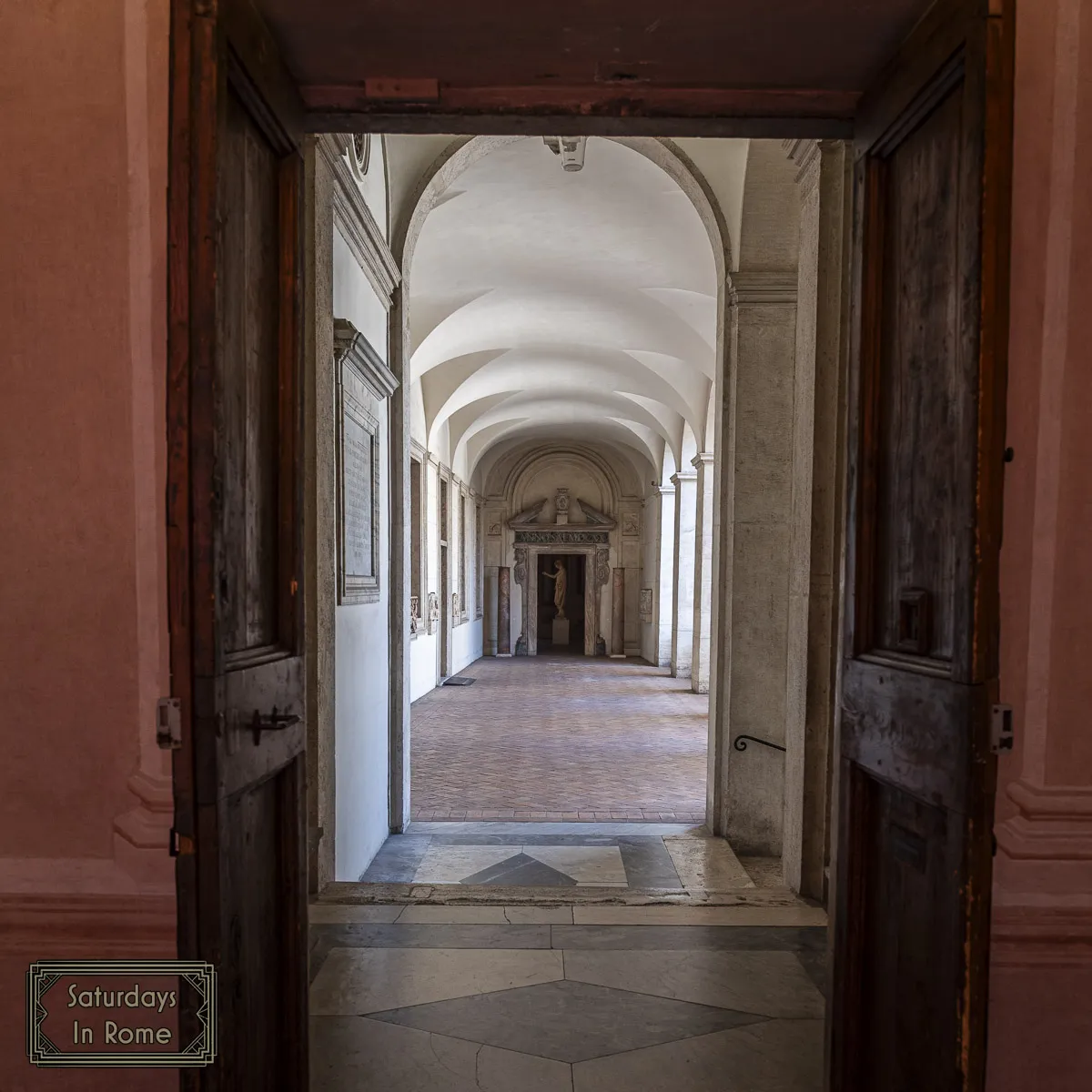
How Long Does The Visit To Palazzo Altemps last?
There are two floors of the Palazzo that house the museum pieces and are open to the public. The length of time is truly up to you because people enjoy art in different ways. For me, I wanted to take as many pictures as possible, from many different angles, so I took around 90 minutes to slowly walk through the museum. Your timing may vary.
How To Visit The National Roman Museum?
The museum is very close to Piazza Navona, so if you want to get out of the Roman heat or rain, this might be the thing to check out while you are in the neighborhood.
You can buy a single ticket allowing you to visit all of the sites of the National Roman Museum that is valid for one week, or you can buy a ticket to each individual museum when you want, which is what I did. I spent 9€ for my ticket to Palazzo Altemps, but there are discounts available to young people, aged 18 to 25, and Roma Pass ticket holders. Also, on the first Sunday of each Month, the entrance to Italian State Museums is free of charge.
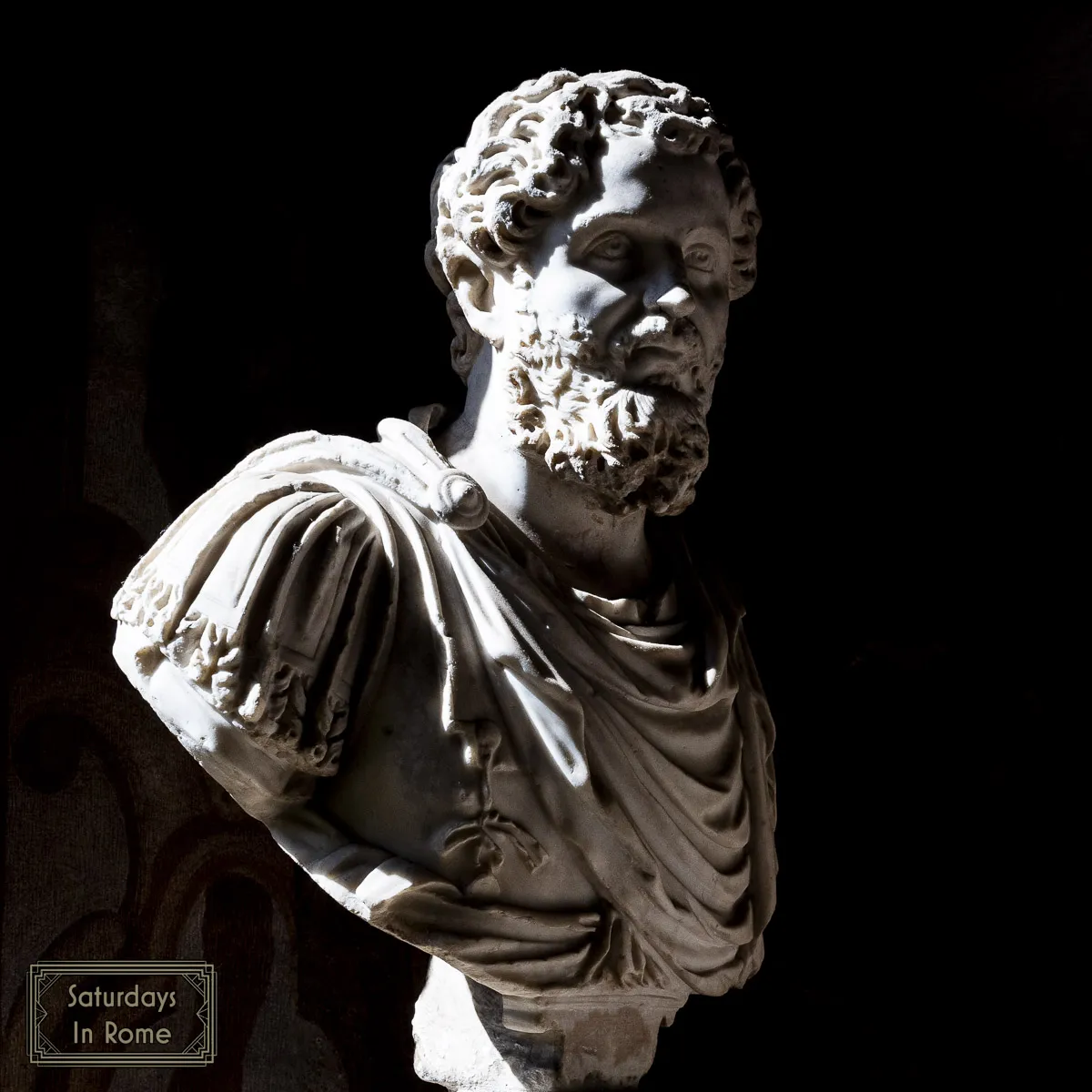
More Treasures And Rome Museums To See
If you enjoyed this post about the Palazzo Altemps Museum and want more information on Rome museums and other attractions, these articles will help you plan your next trip to Rome:
- Top Museums And Galleries In Rome You Must Visit.
- The Borghese Gallery And Museum Shouldn’t Be Missed.
- The Capitoline Museum Highlights Are Historically Beautiful.
- The Vatican Museums and Sistine Chapel.
- The Bone Church in Rome, Italy.
- Is The Ara Pacis Augustae Museum In Rome Worth Visiting?
- The Centrale Montemartini Museum Is A Great Art Collection In Rome.
- The Rome Historical Museum Of The Liberation Helps Never Forget.
- The Museum Of Zoology In Rome Is Alive With Natural History.
- The Canova Tadolini Cafe Is A Beautiful Place For Espresso.
- The Museo Della Forma Urbis Is Rome’s Newest Site To Visit.
- The Video Game Museum In Rome: The Essential Guide.
